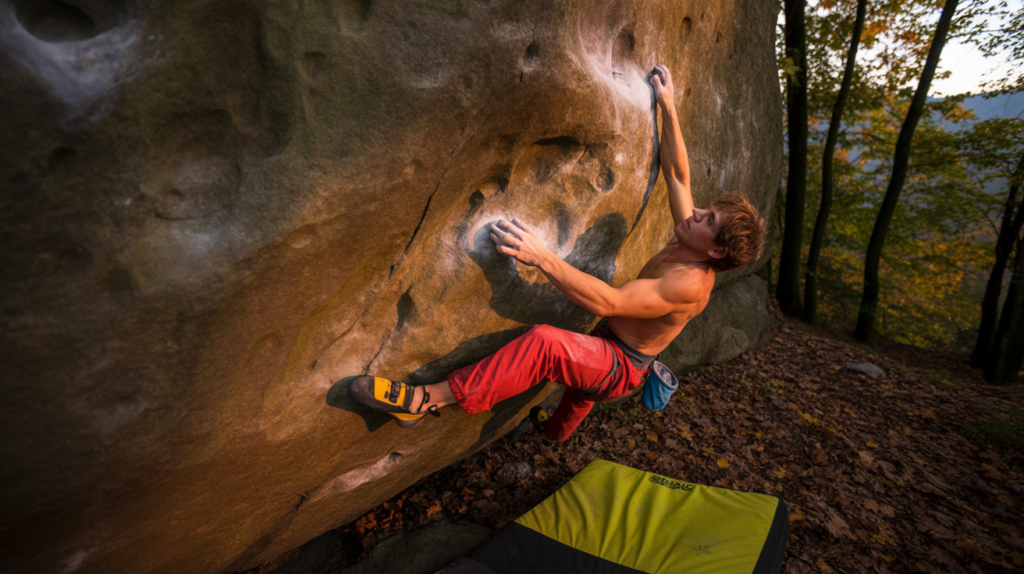You’ve cleared your schedule, packed your gear, and you’re ready to hit the climbing gym or your favorite outdoor spot—but are you really prepared for your bouldering session?
Without the right preparation, you might find yourself slipping, tiring quickly, or not getting the most out of your climb. This blog will guide you through the essential steps to prepare for a successful bouldering Melbourne session.
1. Wear Proper Gear
Start with climbing shoes. They should fit snugly but not hurt your feet. Climbing shoes help you grip small holds better. Avoid wearing running shoes or sandals, as they don’t give you the right support.
Next, wear clothes that stretch easily and don’t get in your way. Choose light and breathable fabric so you stay cool while climbing. A t-shirt or tank top and stretchy pants or shorts work well. Avoid clothes that are too loose—they can catch on the wall.
Chalk is also helpful. It keeps your hands dry so you don’t slip. Use a chalk bag or a chalk ball to keep things tidy. If you’re climbing indoors, check if the gym has rules about liquid chalk or powder.
2. Warm Up Properly
Warming up before you climb helps you avoid injury and improves your performance. Start with simple movements like arm circles, wrist rolls, and leg swings. This gets your blood flowing and wakes up your muscles. Then, do light stretching for your arms, shoulders, legs, and fingers.
Next, try a few easy climbs or walk around the gym to activate your body. This is called a “climbing-specific warm-up.” Choose simple routes with big holds. You’re not trying to push hard yet—just get your body ready.
You can also do basic bodyweight exercises like squats, lunges, or push-ups. These prepare your joints and build strength slowly. Spend at least 10 to 15 minutes warming up. Don’t rush through it.
3. Pack Essentials
A good climbing session starts with the right gear in your bag. Pack your climbing shoes, chalk bag, and a water bottle. If you use liquid chalk, don’t forget that either.
Also, bring a small towel to wipe sweat and a snack to keep your energy up. Protein bars, bananas, or nuts are great choices. If you’re climbing outside, bring sunscreen, a first aid kit, and a crash pad. Don’t forget weather-appropriate clothing—like a jacket or hat.
4. Review Basic Techniques
Even if you’ve climbed before, it’s smart to review the basics before each session. Go over simple moves like foot placement, hand holds, and balance. Think about how you move on the wall, not just how strong you are. Good technique helps you climb smarter and use less energy.
Focus on using your legs to push instead of only pulling with your arms. Keep your hips close to the wall and plan your moves before starting a route. Try to climb smoothly and with control, not in a rush.
5. Set Personal Goals
Before each session, set small goals for yourself. This gives your climbing purpose and helps track your progress. Your goal could be to complete a certain route, try a harder climb, or improve a technique like better footwork.
Keep your goals simple and realistic. If you’re new, focus on climbing with good form or trying three different walls. Do you want to finish a problem that you struggled with the last time you climbed? If you have been climbing for a while, you might want to do that.
Enjoy the Session Safely and Mindfully
Keep in mind that the best bouldering experiences come from being both mentally and physically ready. By preparing well, listening to your body, and respecting your limits, you can climb with confidence and control.


